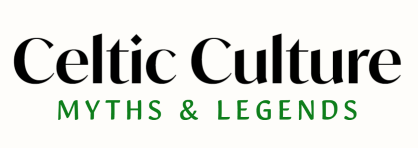The Irish bagpipes, also known as Uilleann pipes, have undergone significant advancements in their development. Unlike most other types of bagpipes, these pipes have reeds that can overblow, enabling them to produce a range of two octaves. Additionally, the inclusion of regulators provides them with an extra dimension.
The regulators are chanters with closed ends, each producing a different pitch and sound when a key is pressed. These keys are arranged side by side, allowing for the playing of chords, which requires great skill.
Typically, Uilleann pipes, also referred to as Elbow pipes, are played in the key of D. A complete set consists of a chanter, three drones, and three keyed regulators. A half set lacks the regulators, while a practice set does not include any drones.
Recently, the first practice chanter specifically designed for Irish pipes has been introduced. Previously, beginners would typically start with a practice set and later transition to a half set with drones. However, it is now possible to learn the fingering before mastering the operation of the bellows.
It is advisable to avoid using the drones until you have good control over the bellows and bag. The drones require additional air and make it more challenging to maintain steady pressure for the chanter.
It is also possible to add drones to a practice set. Some practice sets come with the main stock fitted and the extra holes blanked off.
If you choose this approach, you will be without your pipes for a while when you upgrade. Those experienced in this matter believe that it is more cost-effective in the long run to either start with a half set and refrain from using the drones initially or begin with a half set and upgrade when you are ready, as my older brother did.
During the early part of the second millennium, bagpipes began to appear frequently in European art and iconography. The Cantigas de Santa Maria, a compilation from mid-13th century Castile, depicts various types of bagpipes. Although the evidence of bagpipes in the British Isles before the 14th century is debated, bagpipes are explicitly mentioned in The Canterbury Tales (written around 1380): “A baggepype wel coude he blowe and sowne, /And ther-with-al he broghte us out of towne.”
Genuine examples of bagpipes from before the 18th century are exceedingly rare. However, numerous paintings, carvings, engravings, manuscript illuminations, and other artworks have survived, showcasing the significant variation in bagpipes throughout Europe and even within specific regions. The works of Brueghel, Teniers, Jordaens, and Durer provide many examples of early folk bagpipes across Continental Europe.
Evidence of bagpipes in Ireland dates back to 1581 when John Derrick’s “The Image of Irelande” vividly portrays a bagpiper falling in battle. Derrick’s illustrations are considered reasonably accurate depictions of the attire and equipment of the English and Irish populations in the 16th century. In 1760, the first serious study of the Scottish Highland bagpipe and its music was attempted in Joseph MacDonald’s ‘Compleat Theory.’ Further south, a manuscript from the 1730s by William Dixon from Northumberland contains music that aligns with the Border pipes, a nine-note bellows-blown bagpipe with a chanter similar to that of the modern Great Highland Bagpipe.
However, the music in Dixon’s manuscript differs greatly from modern Highland bagpipe tunes. It primarily consists of extended variation sets of common dance tunes. Some of the tunes in the Dixon manuscript correspond to tunes found in early 19th-century published and manuscript sources of Northumbrian smallpipe tunes, particularly in John Peacock’s rare book of 50
